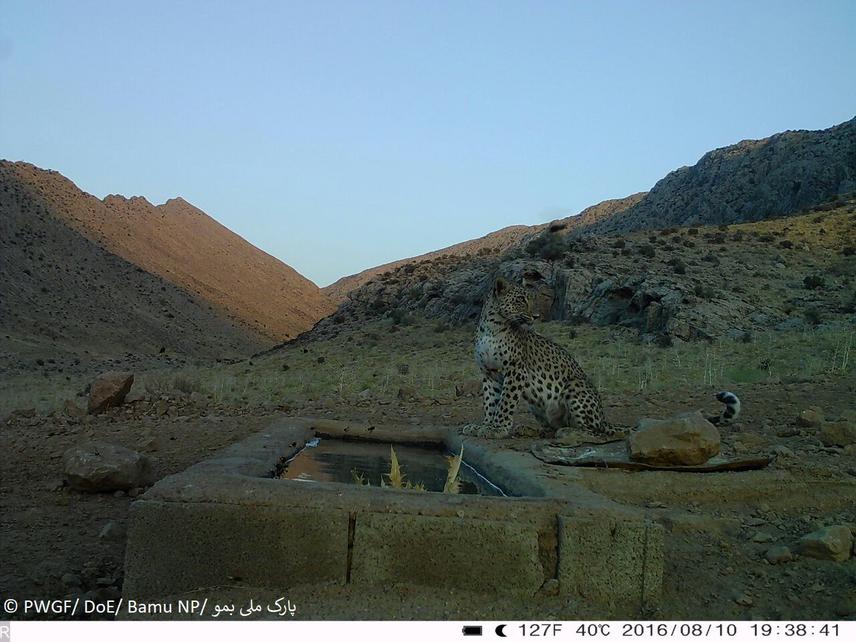Niloufar Raeesi Chahartaghi
There is a need for a systematic monitoring using standardized camera trapping protocols to provide a robust baseline for future conservation decision-making in BNP. Furthermore, there is currently insufficient knowledge and skills among the rangers and local enthusiasts regarding monitoring techniques such as camera trapping and their importance for conservation purposes. In this project, we have two objectives:
1. Establishment of a systematic monitoring framework for Persian leopard,
2. Capacity building among the rangers and local enthusiasts by training in camera trapping techniques.
We aim to define an efficient and continuous plan for a participatory leopard monitoring in BNP as a baseline study to implement long-term conservation. To engage the rangers and local enthusiasts and assign field activities to them, we will implement a participatory training process and prepare guidelines regarding the operation of camera traps in wildlife research.

Persian Leopard.
Despite the long background in protection since 1962, Bamou National Park (BNP) and its wildlife suffer from many conservation problems including habitat fragmentation, poaching, and human-wildlife conflict. Although BNP is a key habitat for endangered Persian leopard, the status of this carnivore is largely unknown within its borders.
Persian leopard population has been estimated in BNP as the first population estimation by camera traps in Iran almost 10 years ago. Since then, no efforts have been made for monitoring of the leopard status in BNP. The sub-populations of Persian leopard in Iran face a range of threats and it is essential to monitor population changes over time and space to measure the impact of conservation actions or human pressures. We aim to re-estimate the Persian leopard abundance after 10 years using a participatory approach and define a continuous systematic monitoring plan for the species in Bamou. Lack of sufficient training among the rangers and local people’s participation in conservation actions are some of the challenges of sustainable conservation in Bamou. We aim to train and empower these groups in terms of camera trapping and partnership in field activities for an ongoing systematic monitoring of Persian leopard and its prey.